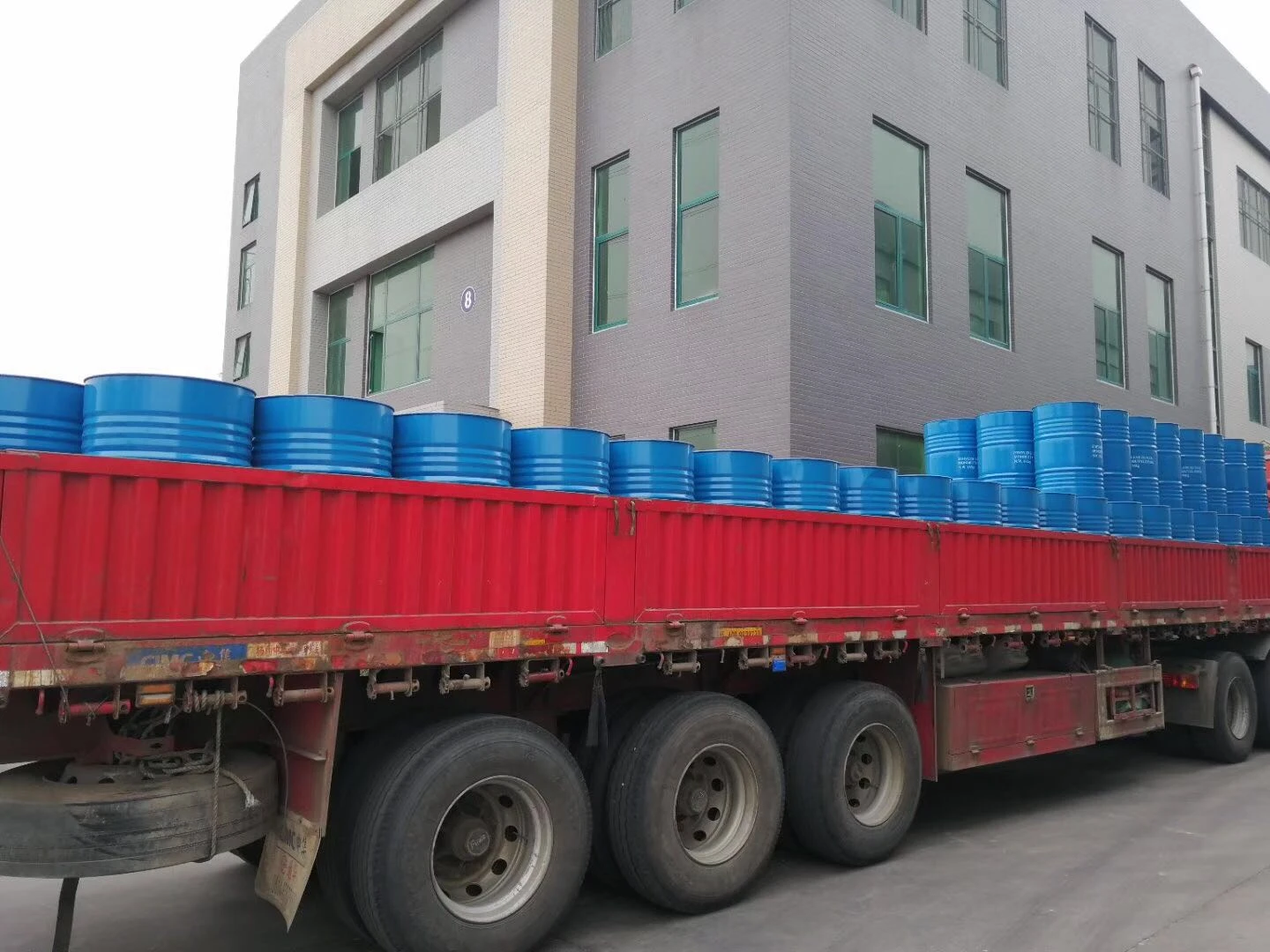The Dosing System in Water Treatment Plants
Water treatment is a critical process that ensures the availability of clean and safe drinking water. Among the various components of a water treatment plant (WTP), the dosing system plays a vital role in maintaining the quality of water by introducing necessary chemicals into the treatment process. This article explores the significance, functioning, and components of dosing systems in water treatment facilities.
The Importance of Dosing Systems
Dosing systems are essential for controlling and optimizing the water treatment process. They provide precise amounts of chemicals that are crucial for various stages of water purification, including coagulation, flocculation, disinfection, and pH adjustment. The introduction of chemicals such as chlorine, aluminum sulfate, coagulants, and pH adjusters is essential to eliminate contaminants, pathogens, and impurities from raw water sources.
Effective dosing systems help in achieving regulatory compliance by ensuring that the treated water meets the safety standards established by health agencies. Additionally, they contribute to the reduction of waterborne diseases, enhance the overall quality of water supplied to domestic and industrial users, and support environmental sustainability by preventing harmful substances from contaminating local water bodies.
Components of a Dosing System
A typical dosing system comprises several key components designed to ensure accurate and effective chemical delivery. These include
1. Chemical Storage Tanks Large, safe containers designed to hold the various chemicals used in the treatment process. These tanks are often equipped with sensors that monitor chemical levels to prevent running out of essential supplies.
2. Pumps Chemical dosing pumps are used to transport chemicals from the storage tanks to the treatment process. These pumps can be diaphragm, peristaltic, or solenoid types, depending on the nature of the chemical and the required flow rate. They are designed to provide precise control over the volume of chemical fed into the system.
dosing system in water treatment plant

3. Flow Meters These instruments measure the flow rate of the chemical solution being dosed into the water stream. Accurate flow measurement is crucial for ensuring that the correct dosage is maintained, as variations can significantly affect treatment efficacy.
4. Control Panels Modern dosing systems are often equipped with sophisticated control panels that allow operators to monitor and adjust dosing rates in real-time. These panels can integrate with supervisory control and data acquisition (SCADA) systems, providing automation capabilities and enhancing operator efficiency.
5. Mixing Tanks After chemicals are dosed into the water, mixing tanks help to ensure uniform distribution of the chemicals throughout the water. Effective mixing is essential for enhancing the reaction rates and ensuring that the treatment chemicals work efficiently.
The Dosing Process
The dosing process typically begins with the analysis of the raw water to determine the appropriate treatment chemicals required. Based on the results, operators program the dosing system to introduce the necessary quantities of chemicals into the water stream.
The dosing rate can vary according to several factors, including the characteristics of the incoming water, the target quality of the treated water, and seasonal variations in water quality. It is crucial to frequently monitor and calibrate the dosing equipment to adapt to these changes.
Conclusion
The dosing system in a water treatment plant is an indispensable component in the quest for safe and clean drinking water. Its ability to accurately deliver the necessary chemicals effectively enhances the treatment process, ensuring compliance with health regulations and promoting public health. As technology continues to advance, dosing systems are becoming increasingly automated and efficient, reflecting a vital area of innovation in the water treatment industry that addresses the growing demand for quality water resources.

